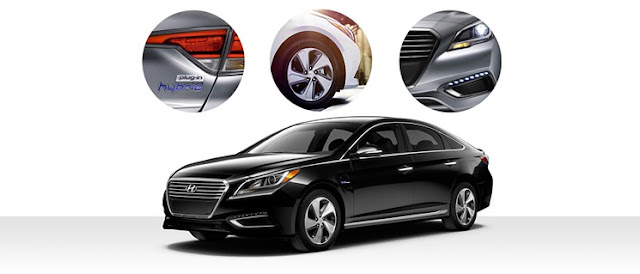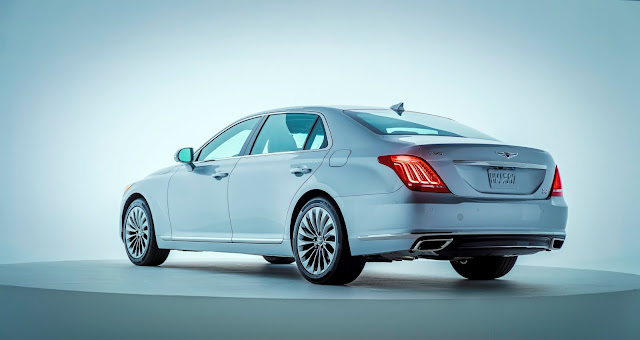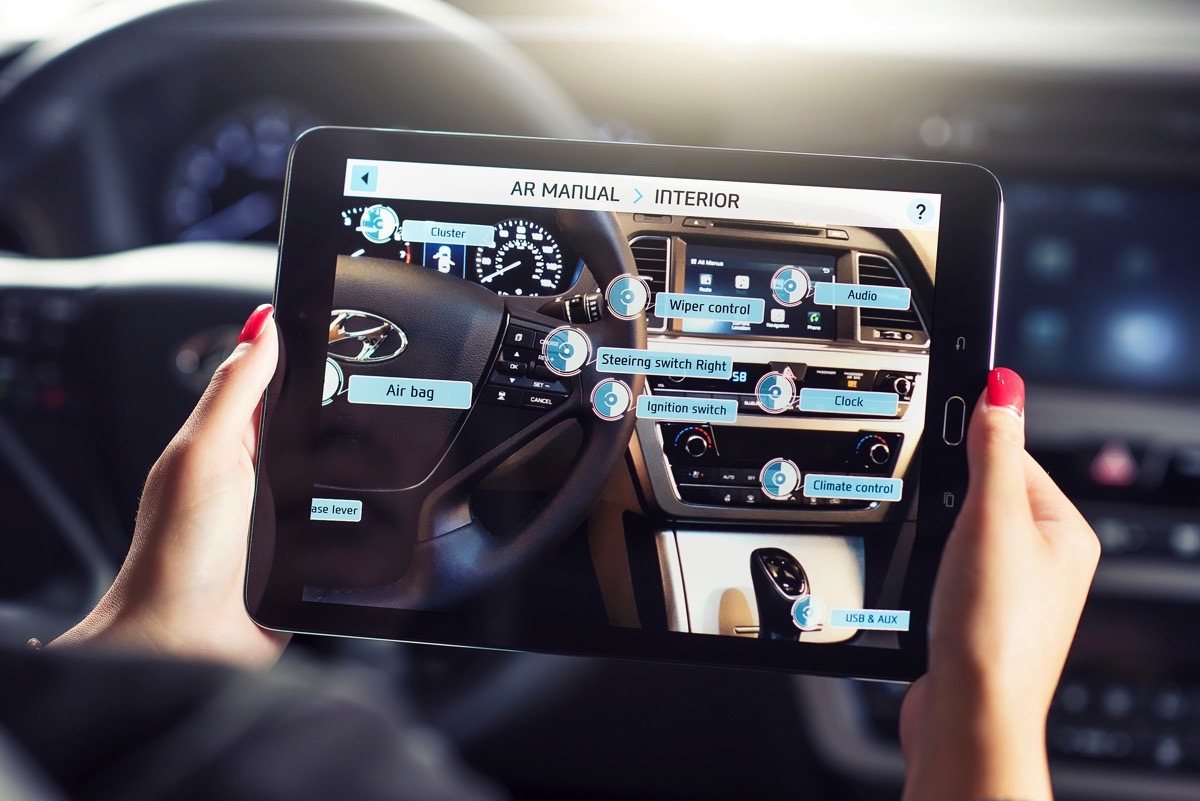One
in an occasional series reviewing consumer vehicles that are powered by
water, natural gas, electricity, hybrid motors, high-efficiency
gasoline engines or some other alternative source.
For its North American headquarters in Fountain Valley,
Hyundai replaced
its old building with a luminous structure that is 21-percent more
efficient than its predecessor, employing smart technology to lessen its
power costs and carbon footprint. We're talking recycled water
irrigation, insulated acoustical glass (everywhere) and
daylight-harvesting window shades.
The difference of appearance between a standard
2016 Hyundai Sonata
and its plug-in hybrid sister is not as striking looking at the
outside, but the power/operating cost stinginess of the latter is
comparable to what's being achieved at the Korean carmaker's shrine next
to the 405 freeway.
Even more amazing, to someone with
little driving or riding experience in fine luxury automobiles/driving
machines, is how much the plug-in hybrid (PHEV) reminds me of a luxury
car, or at least my perception of driving one. There is a load of
leather, soft-touch surfaces and an infotainment center that, the more
you use it, the more you wonder how you've done without it for so long.
There
are some tweaks to this four-door midsize sedan's look compared to the
2015. The headlights are reshaped, the rear bumper is optimized for air
flow, the grille replaces the mesh pattern with straight slats and there
are new rocker panels and lamp graphics. My test car was black ...
wait, let me check ... Eclipse Black. Combined with the chrome of the
front grille, side molding and exterior handles, it looks like a very
classy, aerodynamic ride.
But it was the inside that
had me thinking, "It would not suck if Hyundai forgot to come pick this
car up." The love starts when you get in. There's no way to sugarcoat
it, folks: I'm chubby. People of my girth appreciate that the seat is
pushed all the way to the back when we climb in. Put your foot on the
brake pedal and push the keyless start button, and the seat moves
automatically toward the steering wheel. You can, of course, set it to
stop wherever you like, and the computer will remember where that was
next time you push that button.
The 106 cubic feet of
interior passenger space translates to ample leg, arm, head and wiggle
room. The instrument cluster has a sleek, modern look that is quite
functional, allowing you to know, for instance, when you are running on
gas, when you are running on battery or when you are shifting between
the two. These are options you can control or allow to function
automatically, by the way.
Move your eyeline a foot or
so to the right, and you'll be looking at the screen for the navigation
system, Bluetooth connectivity, satellite radio, high-definition AM/FM
radio, content from iPod/USB ports and functions like heating, air
conditioning and charging the battery—all standard on the PHEV. The nav
system alerts you to traffic jams, construction sites and charging
stations, which anyone who read about my electric car fail in my last
review knows I appreciate.
One design change has
involved moving the battery pack lower into the tire well, giving you 10
percent more trunk room (and adding to that impressive passenger
volume). The charger for standard household 120V outlets is kept in a
leather bag attached to the back trunk wall. Charging takes nine hours
with this, or as little as three hours at a 240V home or commercial
charging station.
Now for the gearhead candy. The car
has a 2.0-liter GDI 4-cylinder engine and a 360V electric motor that
together net 202 horsepower. A six-speed automatic with a manual shift
mode routes power to the front wheels.
When it comes to
safety, there are dual front, side and side curtain airbags and a
driver's side knee airbag. Forward collision warning, blind spot
monitoring, and rear cross traffic alert systems are standard.
My
only knock was I had a heck of a time trying to charge the battery at
my home. I learned via that nav system that someone I assume with the
service that provided the car pre-scheduled the times the charger would
turn on and off, which is quite a handy feature. But for someone coming
in cold and just wanting to charge the damn car, this meant that the
green indicator light at the top of the dash only lit up for a minute or
so and then shut off, because I obviously was not on the pre-set
schedule. I was able to deactivate the pre-set mode (sorry, car
service), but I still could not get a sustained charge.
Then
again, driving in Eco mode, your braking adds juice to the lithium
battery, which when it gets too low is automatically recharged by the
gas battery anyway. So now worries about the driving range anxiety I've
written about before. Oh yes, I should mention Hyundai claims the PHEV
nets 39-mpg city, 43 highway and 41 combined and that it can travel up
to 24 miles solely on electric power.
The PHEV starts
at $34,600, which is pricier than the standard Sonata hybrid ($26,000)
or most affordable gas-powered Sonata ($21,700). But even that highest
price seems affordable compared to other mid-size sedan models that
won't give you nearly as many goodies, let alone the fuel cost savings. I
look at it like this: With the right voodoo economics, I might be able
to afford one and those used to spending much more for their cars should
feel no shame downsizing their wallets to one.
I could
go on and on, but this car is just downright comfortable and a blast to
drive. I did not think of this until writing this sentence, but that is
especially key when driving a hybrid, electric or alternative-fuel car.
To get the most out of one of these models, you are going to want to
limit taking off fast, speeding unnecessarily or putting the pedal to
the metal while climbing mountain highways. Driving this
Hyundai Sonata plug in hybrid, I would not want to do any of that, I'd want to take my time.
Source
































